We had a long day ahead of us, well, we planned it that way. We spent the night in Akureyri, where we had arrived in the previous evening. In the morning, we woke up into a typical Icelandic weather. It was raining, but we did not let it bother us. We were like the locals who say that there is no such thing as bad weather, only bad clothes. Our plan for the day was to visit the town, then move on to Glaumbaer and visit a traditional Icelandic farm, and finally to see the processing of shark meat at the Bjarnarhöfn Shark Museum. In total almost 300 km of driving on wet Icelandic roads. Let me tell you that we managed to achieve our plan, as you can read in the rest of this post.

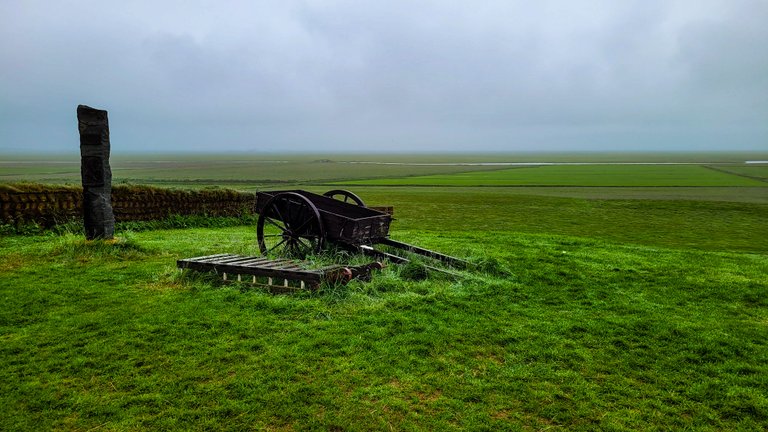
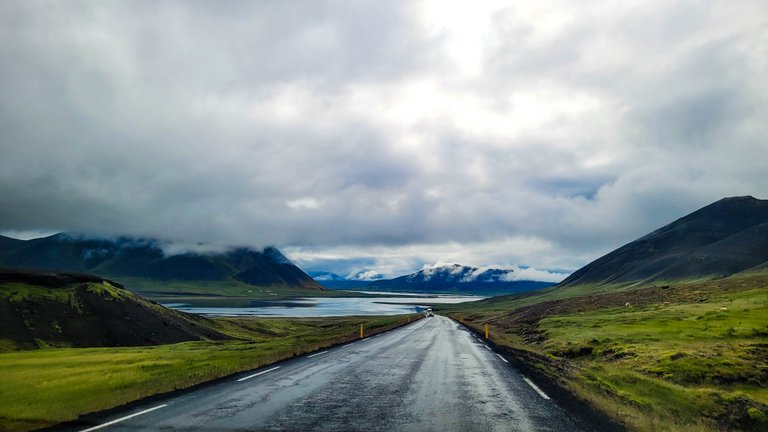
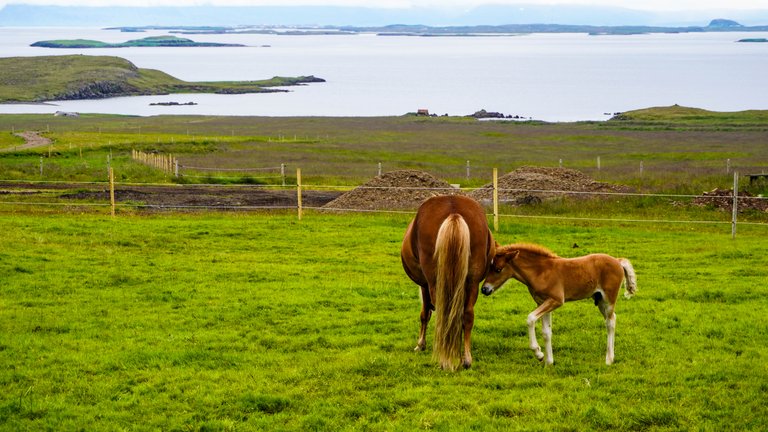




Akureyri lies at the end of Eyjafjörður, the longest fjord in Iceland, which extends almost 60 kilometres into the interior of the island. The drive to the city takes you through Iceland's stunning landscape, dominated by bare mountains, glaciers and endless expanses of raw nature.



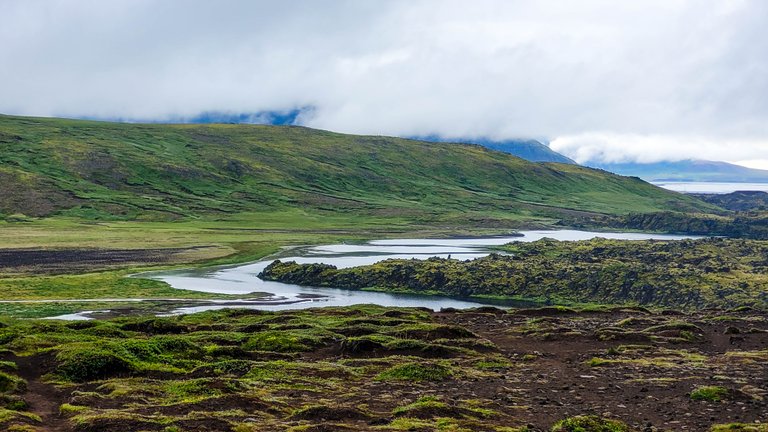



Akureyri is a small city by European standards, but it is Iceland's second largest city with a population of around 19,000. Akureyri is an important cultural, economic and educational centre of Iceland. Just compare, the capital Reykjavík is home to more than 220 000 people.
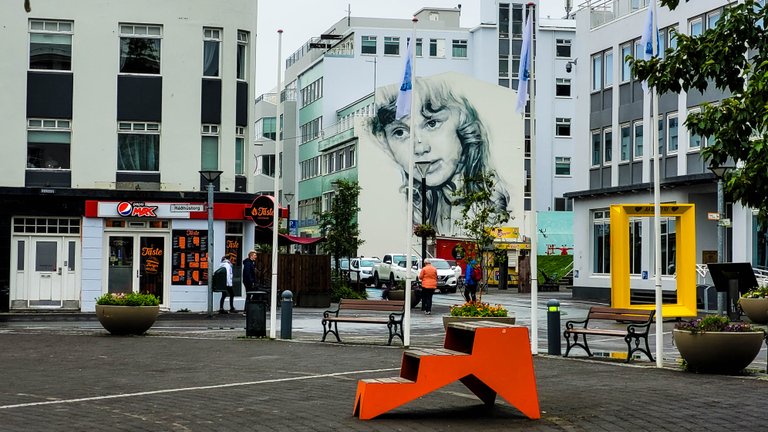


One of Akureyri's attractions is definitely the traffic signal. The red lights on the traffic lights are in the shape of a heart, which gives the city a pleasant atmosphere when driving. I must admit that I was hoping that every traffic light on our route would be red, as we wanted to see as many red lights as possible on these unique traffic lights.



The liveliest street in the town is Hafnarstræti, where most of the action in town takes place. Restaurants, cafes, shops and cultural attractions are located here.






We walked along the street and came across the Akureyrarkirkja church, designed by Iceland's most famous architect, Guðjón Samúelsson. This simple but magnificent church, which rises above the town, offers a magnificent view of the fjord and the town.


The small, authentic local shops were a feast for the eyes, with picturesque and eye-catching windows that invited shoppers inside. Here you can taste the local beer that is produced in the Iceland's largest brewery, which is based right here in the city.

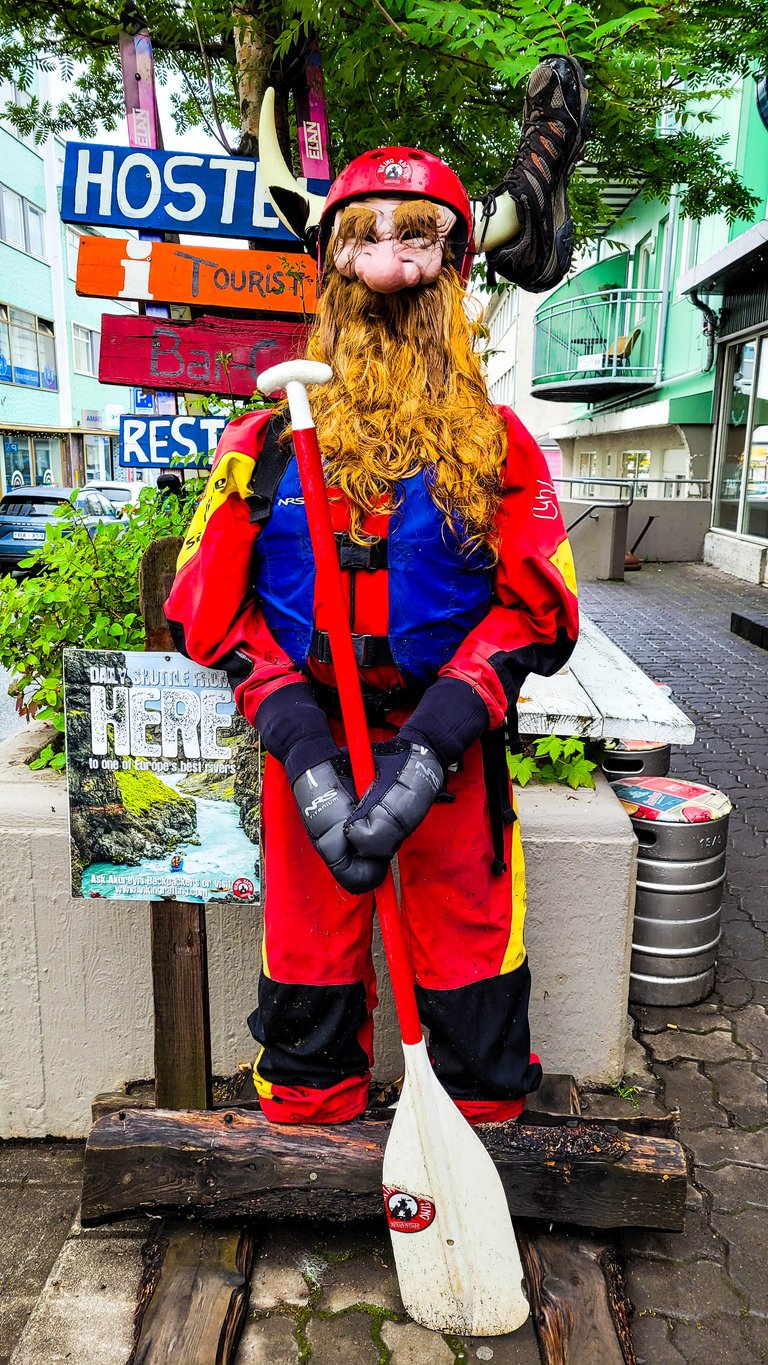
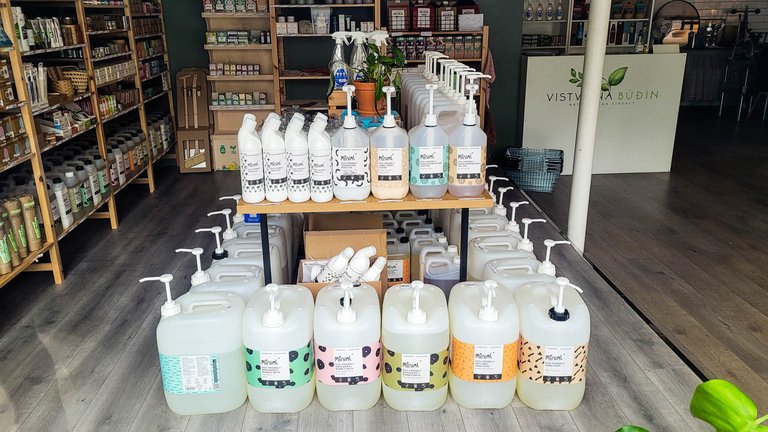

The botanical gardens are also a big tourist attraction, but we skipped them because of the rain and the long day that lay ahead of us.
Iceland is known for its unforgiving nature, where the conditions for building traditional houses are extremely difficult. Where to find building materials when there are no trees, only gravel, rocks, moss, grass and volcanic ash? In the past, the island's people had to use their ingenuity to survive in these harsh conditions. Glaumbaer is a symbol of human ingenuity and the ability to survive in harsh conditions. A visit to this farm offered us a fascinating journey back in time, where we learnt how Icelanders survived and lived on this remote island centuries ago.



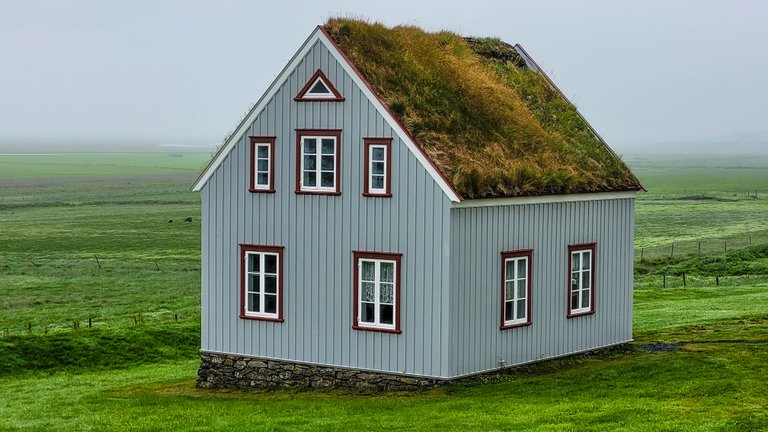


 |  |
|---|
These houses were built from layers of peat that people dug out of the ground and shaped into blocks. The blocks were then stacked into thick walls, which were designed to provide stability and heat retention. The roofs were covered with grass, which helped to stabilise the structure, as the grass roots strengthened the roof. Interestingly, these houses needed only a minimal amount of wood - this was used only for the frame of the house and the roof structure. All this was necessary because wood was scarce in Iceland.

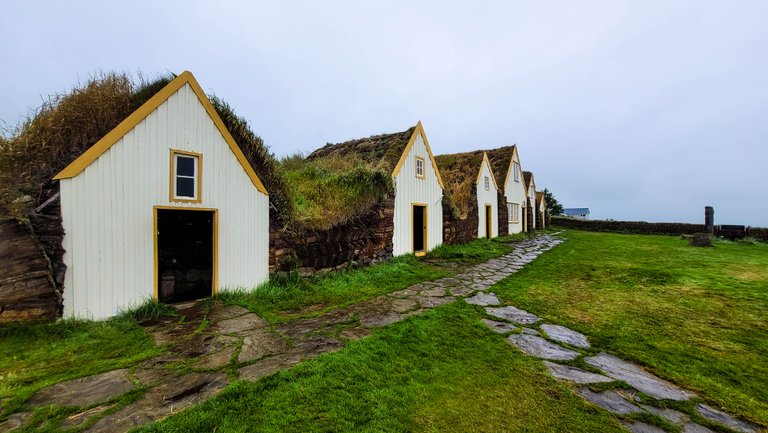

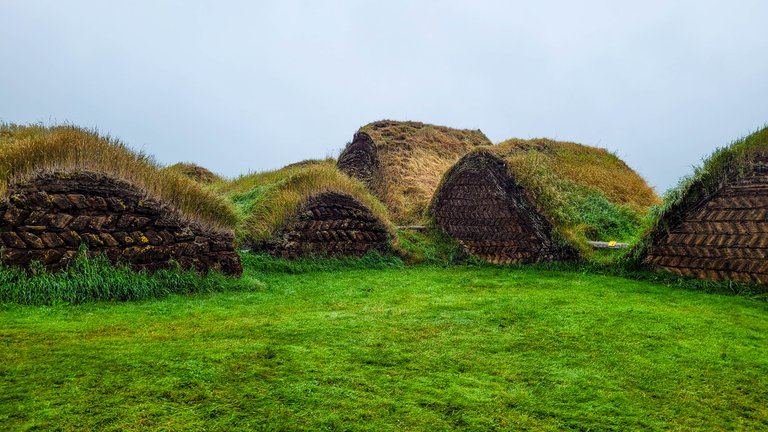
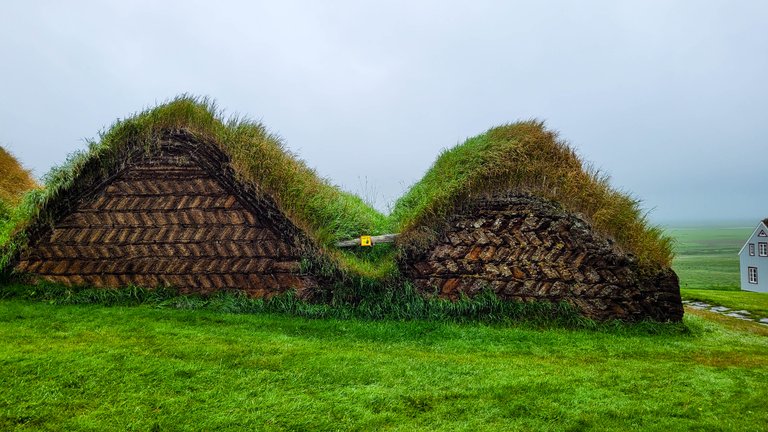






The farm was inhabited until 1947, when it was transformed into a museum five years later. Glaumbaer consists of a main building connected to several smaller buildings, which are interconnected by covered passageways. At first glance it looks like a village of several houses, but it is actually one house with several rooms and ancillary buildings.






The inside of the house is like a time machine. We saw objects and tools used for everyday tasks and living, from cooking utensils to working tools, barrels and much more.





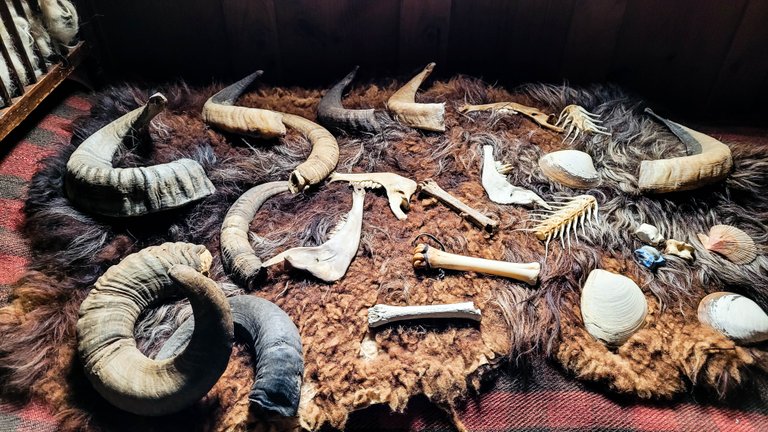


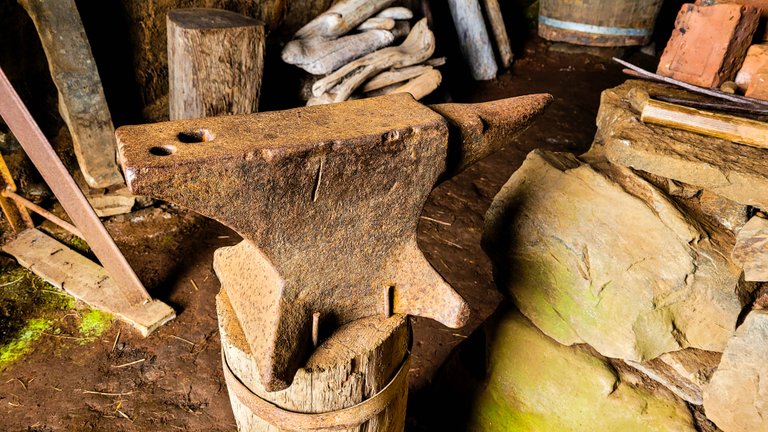



Our curiosity led us to the last stop of our day, because we were curious about the taste of shark. We had already decided before we left for Iceland that we had to try it, and the most determined of the three of us was our son, who was the bravest about trying fermented shark meat.


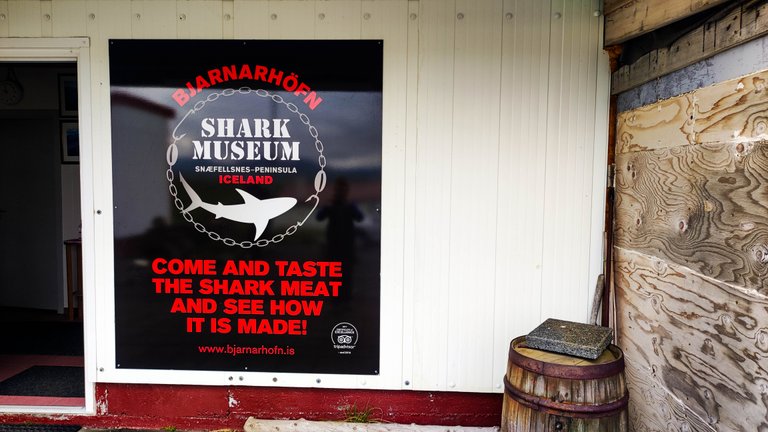
The Bjarnarhofn Shark Museum is located in the west of Iceland on the north coast of the Snaefellsness peninsula. It is a small family museum where you can find out almost everything there is to know about sharks and other creatures of the sea. In addition, you can taste shark meat, which has been prepared in the same way by a local family for more than 400 years.

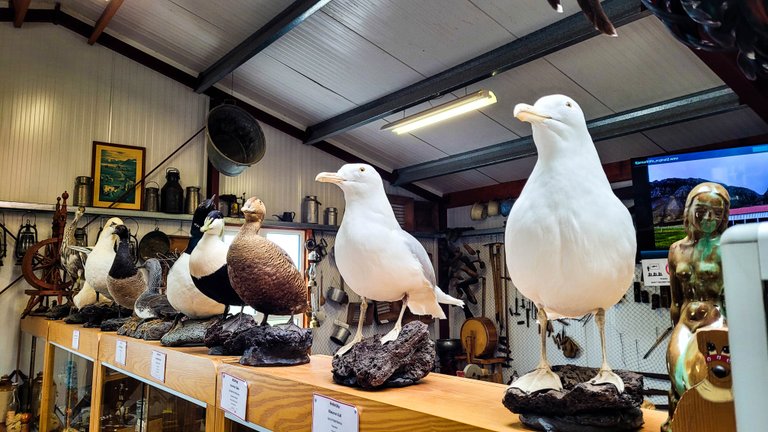



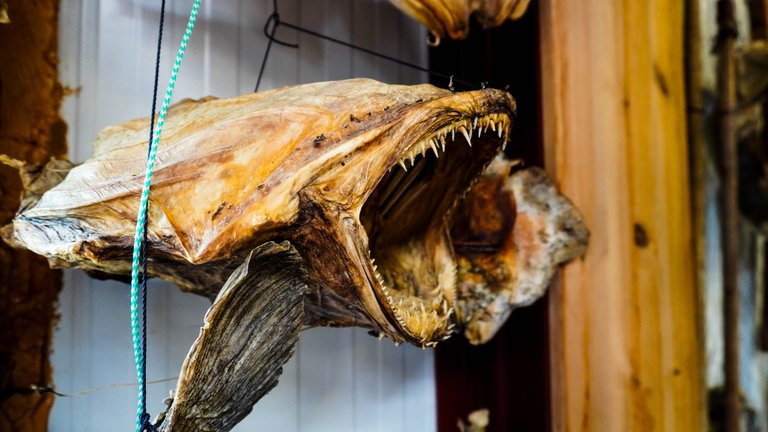


The guide at the museum told me that a Greenland shark can live between 250 and 400 years. These animals are not caught by the fishermen, but when they get entangled in the fishermen's nets, they are then bought and processed by a company here.


Shark meat is essentially poisonous because it contains toxins. That is why, it has to be fermented and prepared before eating. During the fermentation process, the toxins are simultaneously removed from the meat, making it edible. The meat is cut into large pieces, placed in large wooden crates and then buried underground for 4 months over the winter to ferment. Then, it is taken out and air-dried for additional three months.




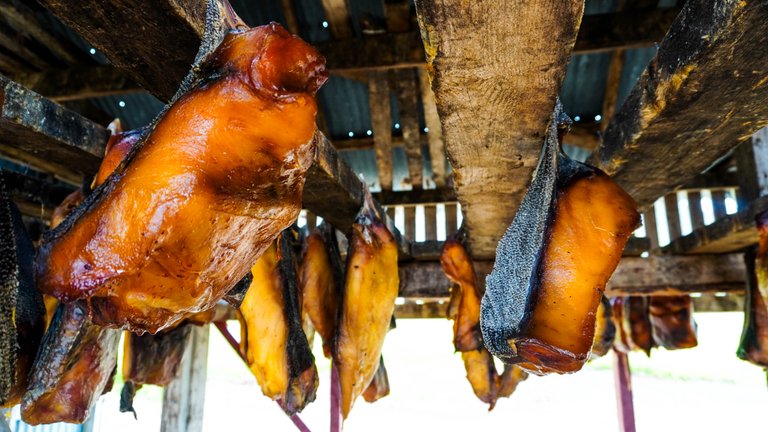
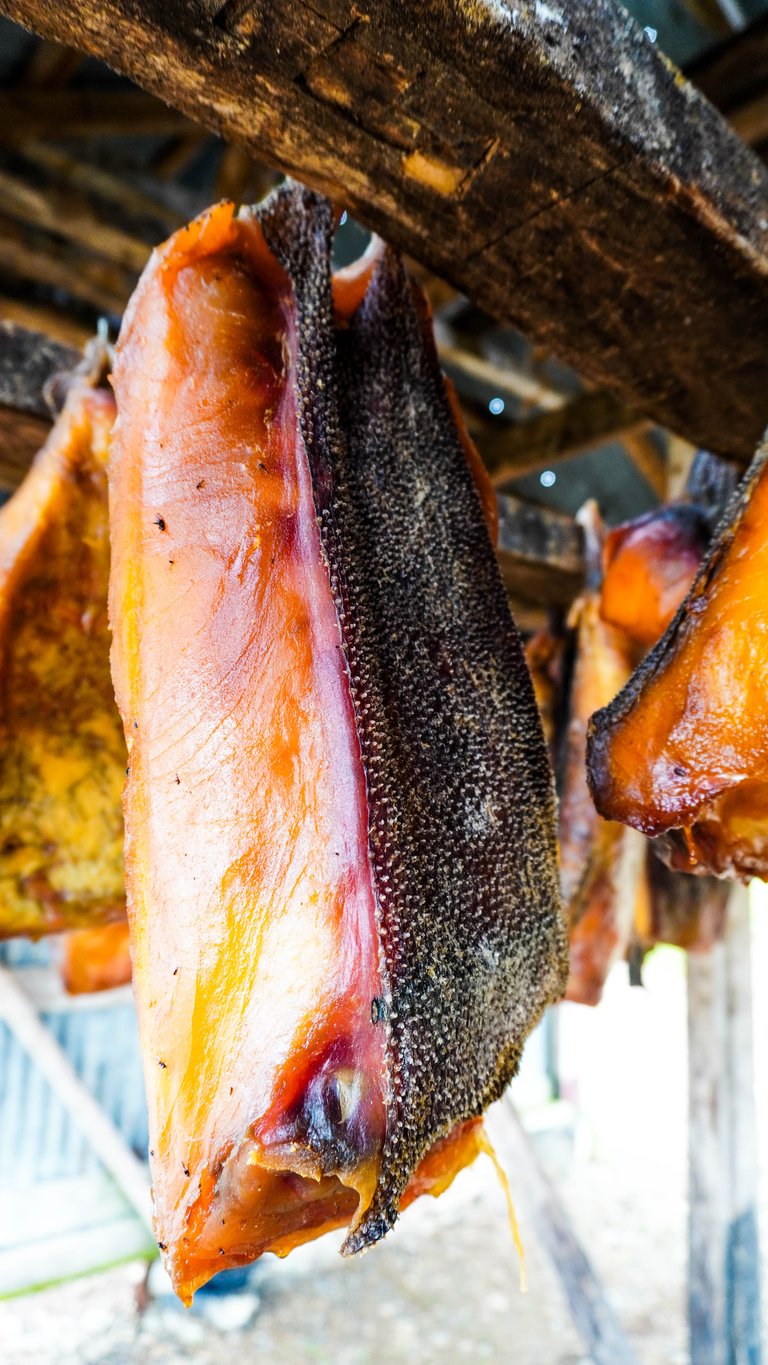
In Icelandic, shark meat is called hakarl. The guide said that there are two ways to try it, with rye bread or on its own. What can I say? The reactions at the tasting were different: my wife was put off by the smell of it and my son wanted us to buy it and take it home. I tried it myself with rye bread, which covered its flavour pretty well. However, when I tried the meat without bread, I had difficulty chewing it and ate it. To be honest, I was about to spit it out, but there was no trash bin nearby.



The taste of hakarl is very specific, strong, and smells of ammonia. I do understand that for the locals it is a tasty treat linked to Iceland's culinary heritage and symbol of survival in harsh climatic conditions. For us, visitors, it is a quite exotic taste, and we couldn’t say that we liked it. But overall, a nice experience, a nice location and local producer, definitely worth a stop and worth the experience itself.





After a very long but pleasant day, we finally arrived in the seaside town of Grundarfjörður, where we spent the night in a nice apartment. We immediately rushed to the kitchen to prepare dinner and then lay down to rest, because the next morning a new adventure was waiting for us. But that's another story for another time.

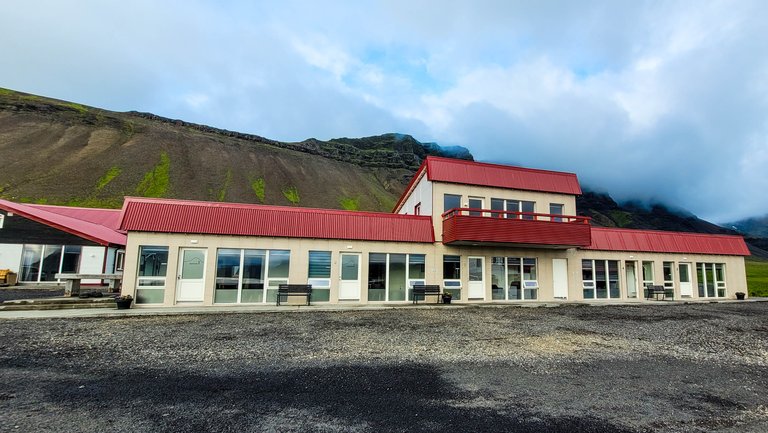




 |  |
|---|


If you would like to read more about our trip to Iceland check my previous posts:
- Reykjavik city and the geothermal Blue Lagoon Spa
- Our experience at The golden circle in Iceland
- Uncovering Westman Islands and Waterfall Wonders of Iceland
- From Canyons to Glaciers - The Incredible Landscapes of Southern Iceland
- Iceland - Eastern Fjords, Detifoss waterfall and Husavik town
- The volcanic and geothermal playground of northern Iceland
Thanks for reading,
feel free to leave a comment, I will be glad to reply to.
Best regards, @miljo76








